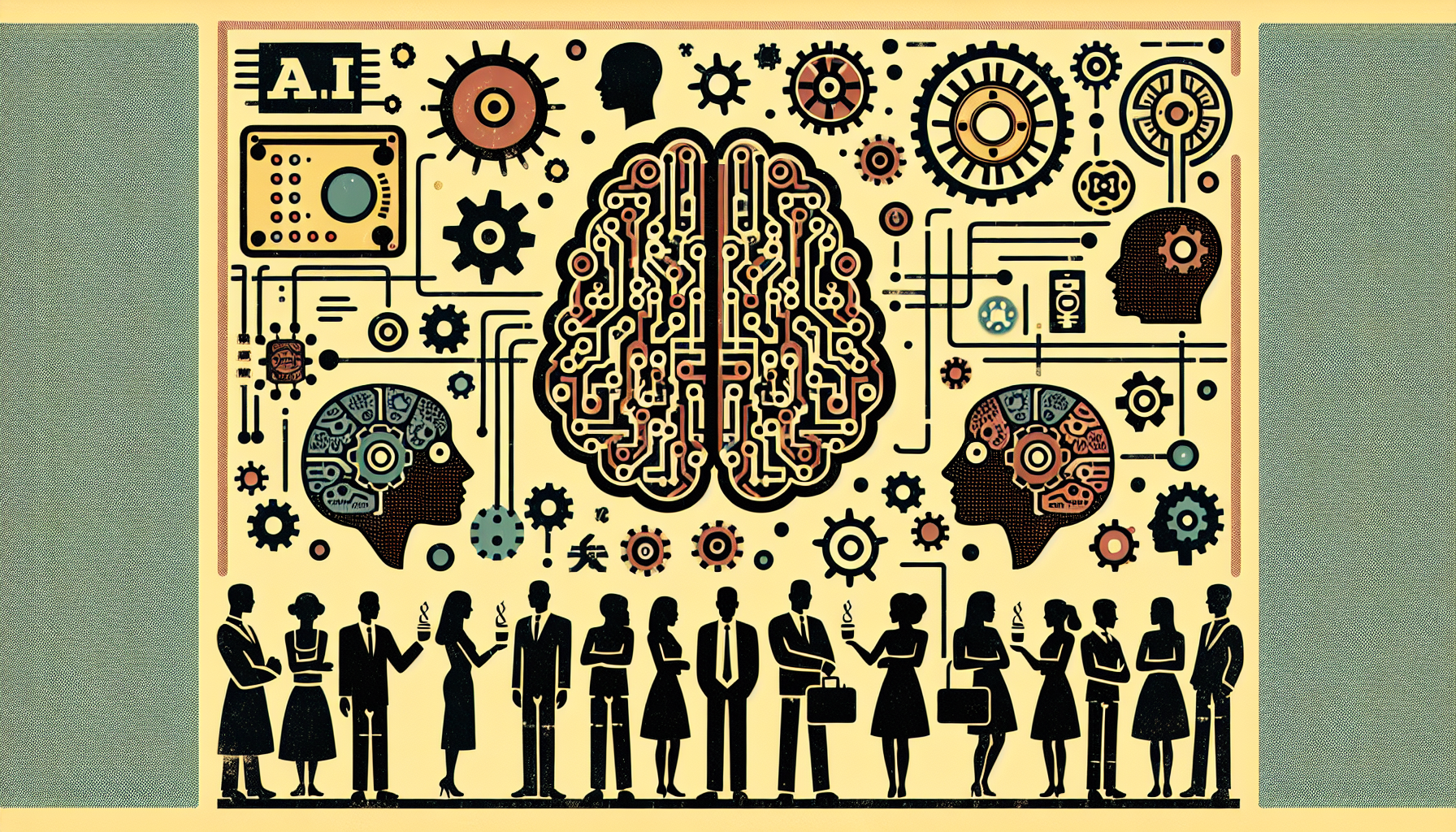In the world of artificial intelligence (AI), a fresh approach is reshaping the landscape by addressing a crucial issue: social bias. This new technique is a beacon of hope, aiming to create AI systems that treat everyone fairly and equitably by using the power of advanced tools like large language models.
The Challenge of Social Bias in AI
AI holds immense potential to transform our lives. Yet, it is not immune to the biases found in the massive datasets from which it learns. Such biases can lead to unfair practices in various critical areas—including hiring processes, law enforcement activities, and healthcare services. For example, AI used in facial recognition often struggles with accuracy across different racial groups, signaling an urgent need for strategies that counteract bias.
The Innovative Training Technique
This new approach addresses bias through several key strategies:
Harnessing Large Language Models
These models, known for their ability to understand and generate human-like text, are now being utilized to pinpoint and correct biased patterns. By training on extensive and diverse datasets, these models gain insights to better detect and mitigate biases.
Augmenting and Curating Data
Researchers are using sophisticated data augmentation methods to make training datasets more representative and balanced. This involves carefully selecting data that reflects a multitude of voices and experiences, thus minimizing the possibility of biased outcomes.
Employing Calibration Techniques
To ensure AI models don’t become overly confident in their predictions, new calibration methods are being introduced. Techniques such as the “Thermometer” method help adjust confidence levels, preventing misleading outcomes by ensuring predictions are made with appropriate assurance.
Fostering Human-Centered AI Development
This technique underscores the importance of integrating diverse perspectives into AI development. By valuing a wider array of skills and breaking traditional molds, researchers aim to foster AI systems that are inclusive and fair.
Potential Impact and Future Outlook
The adoption of this technique could lead to a range of positive changes:
Equitable Decision-Making
Reducing social bias enables AI systems to deliver fairer decisions, essential in sectors like hiring, law enforcement, and healthcare. This shift promises more just outcomes that resonate with our collective values of fairness and equality.
Strengthened Trust in AI
Addressing biases enhances trust among users from varied backgrounds. When people view AI as fair and impartial, these systems are more likely to be embraced and effectively employed across different fields.
Commitment to Continuous Refinement
This isn’t a one-time solution but a dynamic, ongoing process. As AI technology progresses, continuous monitoring and refinement will be crucial to prevent the re-emergence of biases, necessitating sustained dedication to AI ethics and research.
Conclusion
The emergence of a new training technique to combat social bias in AI is a pivotal stride towards more just and fair technological systems. By leveraging large language models, employing data augmentation and calibration methods, and emphasizing human-centered design, researchers are steering AI towards smarter, fair, and inclusive operations. As AI becomes more ingrained in everyday life, this development highlights the critical need to ensure these systems work to benefit society at large, without perpetuating established social inequities.

Leave a Reply